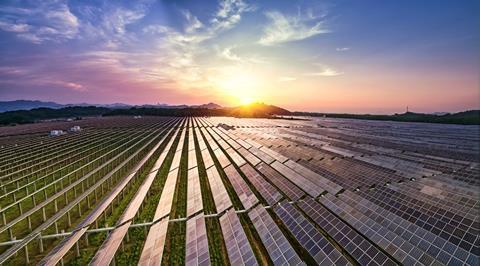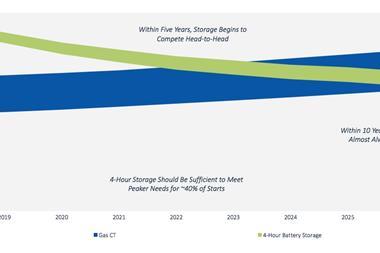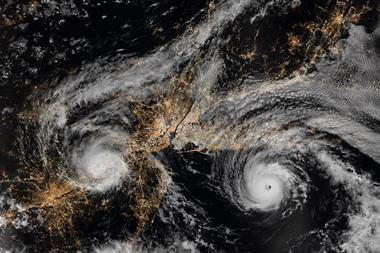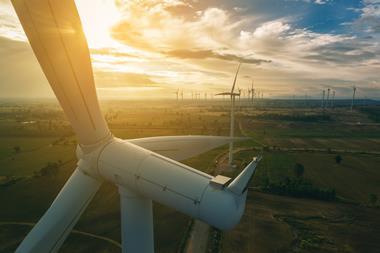Renewables are the fastest-growing source of energy, backed by huge investment, but the sector is not without its risks and new threats are emerging all the time

From hippy dream to hard economic reality, renewable energy is on the up.
“I think the arguments about renewables were initially driven by environmental concerns, and in many ways that continues to be the case,” says Andrew Norris, senior engineering underwriter at Swiss Re Corporate Solutions. “But the big handicap in the early days was the sheer cost of getting renewables onto the grid,” he adds.
Now the case for both offshore wind and solar can be made firmly based on being a sound investment. The cost of manufacturing solar panels has tumbled at an astonishing rate, largely because of Chinese mass productions; and offshore wind has achieved huge economies of scale.
The result of all this has been an astonishing and sustained boom. The overall capacity of all wind turbines installed worldwide by the end of 2017 reached 539,291 megawatts, according to statistics published earlier this year by the World Wind Energy Association.
The case for both offshore wind and solar can be made firmly based on being a sound investment
But the sector is not without its risks – and new risks are emerging all the time. What happens when the wind doesn’t blow? How do you protect your cash flow as governments withdraw subsidies?
With so much invested in complex machinery, can you structure a maintenance programme that ensures business continuity? How are you going to get the electricity generated in a remote, mountainous location to where it is needed?
Managing the risks
Fortunately, the insurance sector is there to provide solutions to match many of these risks. While wind is, on the face of it, not an insurable prospect, the environmental commodity market can offer products to hedge against the wind not blowing and secure cash flow.
“So if the wind is too strong – and the turbines shut down – or more likely, there isn’t enough wind, then that index can be referenced, and a payment is triggered that is not physical damage contingent.”
These products are driven, not so much by a physical damage event, but are a solution that indexes the amount of wind at a particular physical location to provide a parametric solution
“These products are driven, not so much by a physical damage event, but are a solution that indexes the amount of wind at a particular physical location to create a parametric solution,” says Norris.
It’s also important to interrogate not just your site, but each individual turbine’s location. For example, when building on uneven terrain, you need to understand the weather impact at each turbine co-ordinate to ascertain the full weather risk exposure, says Jonny Martin, associate, renewable energy practice, at JLT Specialty.
Cyber risk
In addition, as with many sectors, cyber risk is becoming more and more of an issue. “As more people become aware of the amount of money in renewables, it is only a matter of time before someone tries to switch off one of these facilities and blackmail the owners,” says Carl Gurney, renewable energy director at Jelf. “It’s not a matter of if but when.”
Wind farms may find themselves particularly vulnerable because of the complex nature of their operations.
“As an operator you may find yourself in a situation where four or five organisations have remote access to a wind farm – including the owner-operator, maintenance companies and others,” says Gurney.
“You have to ask yourself, how secure are they individually? How robust is their cyber security?”
In other words, you are only as well protected as they are.




















No comments yet